Thanks to reader Sally Etlinger for contributing this post to YHOB! I’ve always been fascinated by what green means to architecture, and learned a lot from this post. How have you (or will you) incorporate green into your future projects? ~Susan

Green building refers to creating structures that consider the environmental implications of its existence throughout the building’s entire life-cycle. This means that how the building is constructed to how it is designed is intended to use as little resources as possible.
New technologies are being created on a daily basis to improve the quality of green buildings. Currently, the goals of a green building include using as little water, energy and other natural resources as possible, striving to provide all people within the building with a productive work environment that protects their health and reduce any pollution or waste that the building emits.
Green Building Insulation
As you would probably expect, green buildings are very different from traditional structures in several key aspects. The amount of insulation used is one of the most drastic difference between the two. To lower the amount of energy used by a building to as close to zero as possible, green buildings need to use a lot more insulation than normal structures. The amount of insulation needed depends on the climate where a green building is built.
Green buildings shoot for low heating and cooling loads. Heating and cooling loads are the amount of energy required to maintain a specific temperature. Green buildings use many different types of insulation, from the traditional fiberglass used in most structures to cellulose, depending on the area where the building is constructed.
Ground Source Heat Pumps
One of the key ways of reducing a building’s energy use is finding alternate heating and cooling sources. The most common method used in green buildings is ground source heat pumps. Also known as geo-thermal heat pumps, these systems pump heat from the ground or water under the earth. Ground source heat pumps employ nonfreezing fluid that is poured into plastic tubing and looped through trenches buried around a structure.
According to the U.S. Department of Energy, an efficient ground source heat pump uses about one third of the energy of traditional air heat pumps.
Alternatives to Wood
While wood is still the most common material used in the construction of buildings, there are several new materials that are more environmentally friendly. For example, autoclaved aerated concrete combines house wrap, insulation and drywall in one material. Autoclaved aerated concrete is a mixture of sand, water, lime and cement that is mold-proof, fire-proof, hypoallergenic and insect resistant.
Rastra is another alternative to wood that is becoming more common. It is insulated concrete made from cement and recycled polystyrene. Rastra is formed into lightweight blocks that are glued together and reinforced with steel. The blocks have been determined to allow less air flow than wood with insulation.
Durisol is made from cement and wood shavings, placed into walls and reinforced with concrete or steel to provide a more environmentally friendly alternative to wood. The material is made from 78% recycled materials and is 100% recyclable. Durisol absorbs sound and is noncombustible.
While all of these alternatives are more expensive than wood, you will recoup some of your costs through the energy savings you will receive. Using these materials makes the most sense in locations with local suppliers to reduce the amount of money spent on transporting the products.
These are just a few differences between green buildings and traditional structures. Engineers are creating innovative solutions to lessen the environmental impact of buildings on a daily basis. As time passes, new techniques will continue to work toward developing a zero-impact building.
Bio: Sally Etlinger is a representative for onlineschools.org and works closing with the online interior design schools.
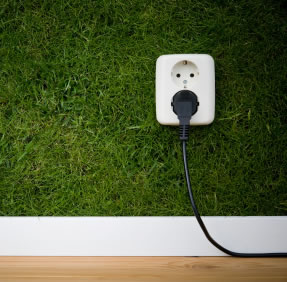


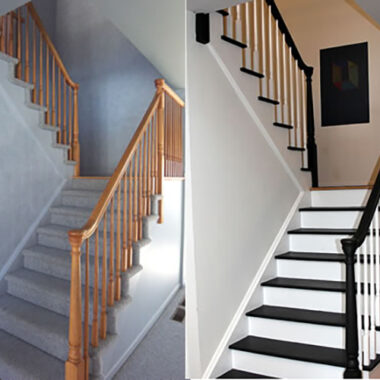
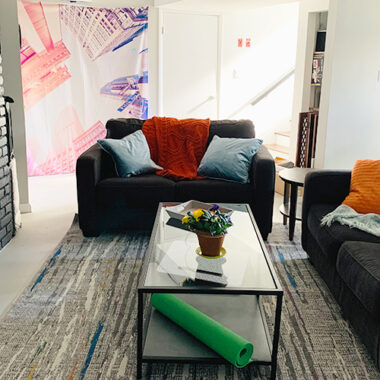
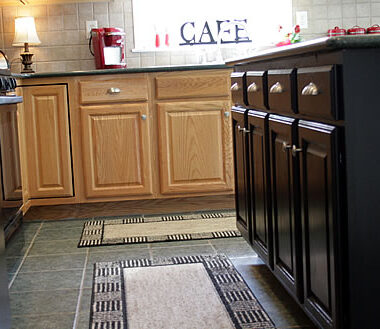
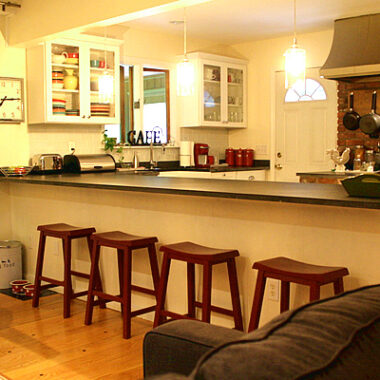


6 comments
Thanks for your your review.Can you sort my query that is heat pump is more efficient than solar panels if i want to use it as Water heater in my home.
Hmmmm, after the winter we just had, that’s something to consider!
Another eco-friendly insulation product is the high quality reflective foil insulation, which present owners with more options for greener building. The properties of foil insulation reflect radiant heat gain, thereby reducing energy costs from cooling utilities.
You can go green by using heat pumps. It function very economically and will operate with minimal electricity intake while supplying back a good deal of temperature for your home, for water heating or space heating.